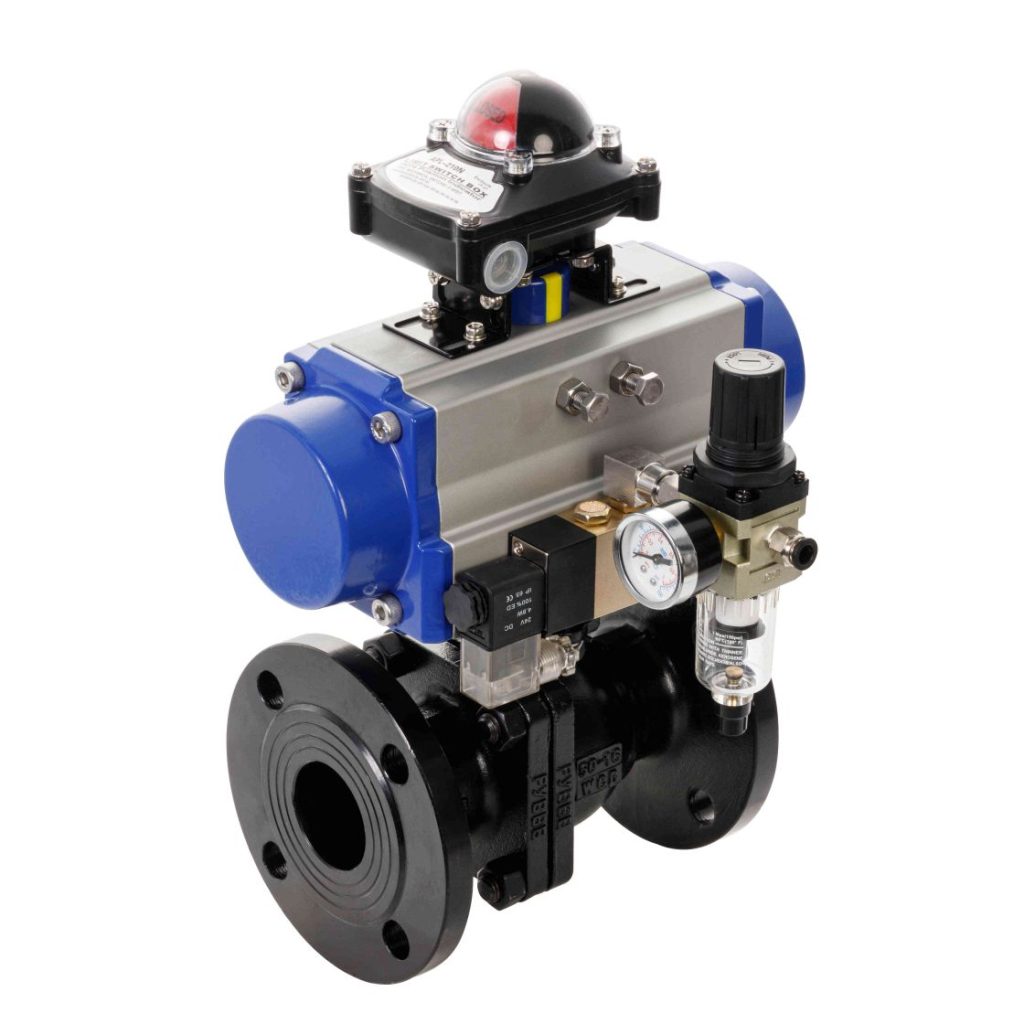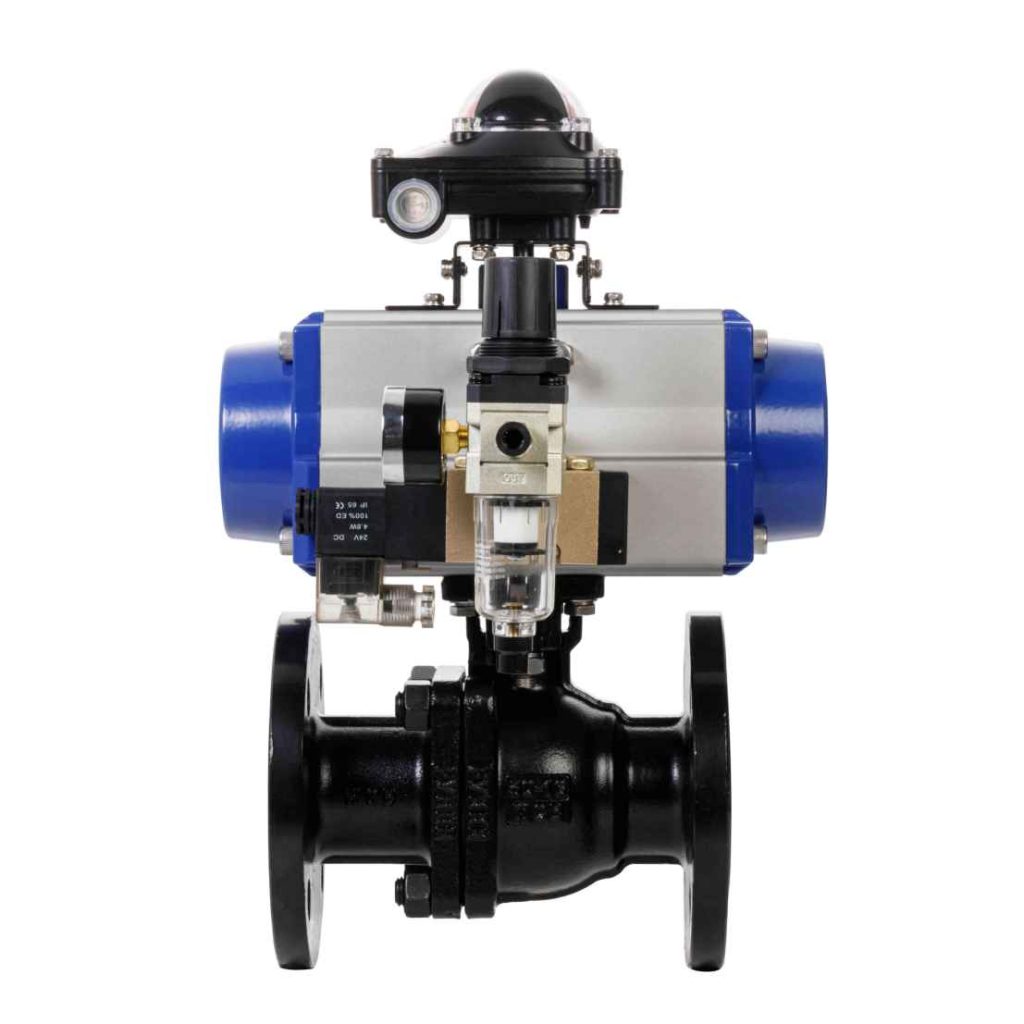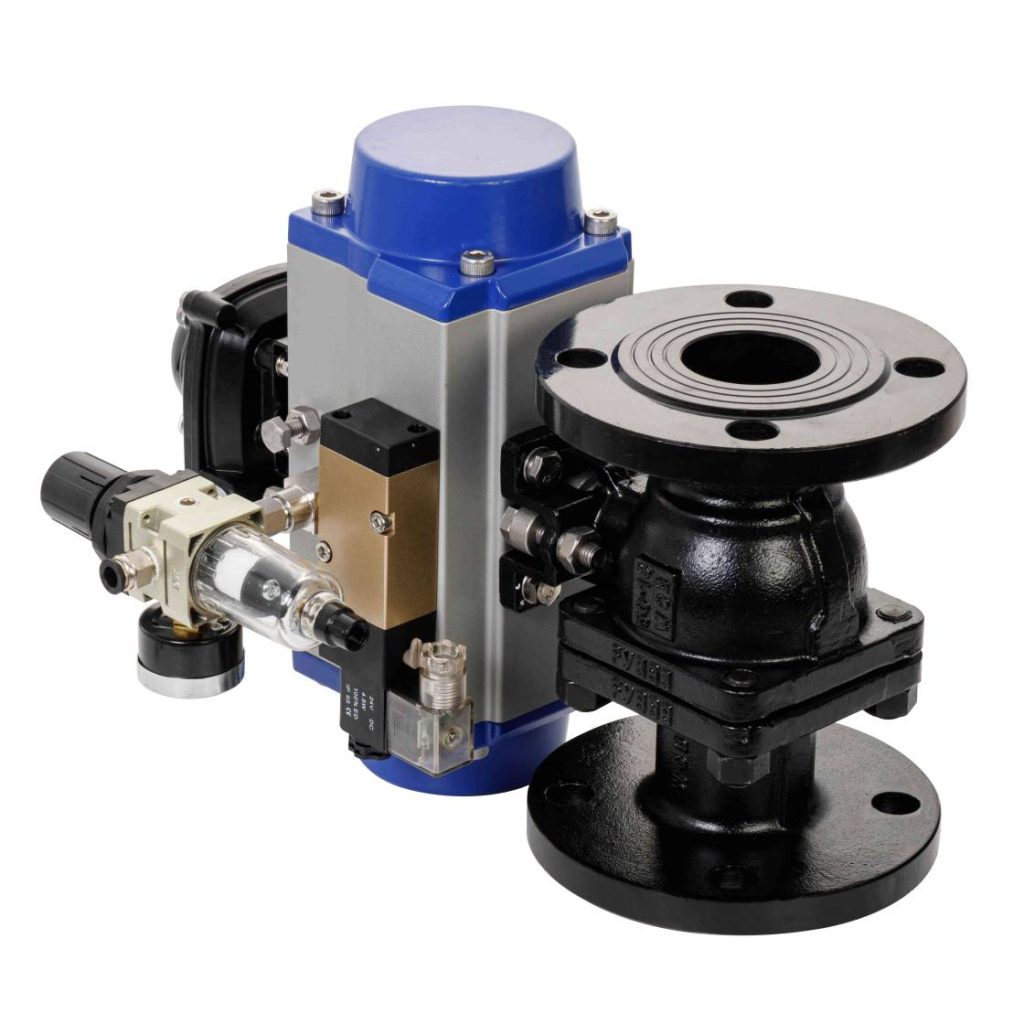Pneumatic ball valves are critical components in various industrial processes, known for their reliability and efficiency in controlling the flow of fluids. These valves utilize compressed air to operate and are widely used in applications ranging from water treatment to chemical processing. This article delves into the functionality, types, advantages, and applications of pneumatic ball valves.

What is a Pneumatic Ball Valve?

A pneumatic ball valve is a type of quarter-turn valve that uses a spherical disc, or ball, to control the flow of liquids or gases. The valve’s design incorporates a hollow, perforated ball that, when rotated 90 degrees, either allows or restricts flow through the pipeline. The pneumatic actuator provides the force necessary to turn the ball, allowing for quick and efficient operation. Components of Pneumatic Ball Valves Pneumatic ball valves consist of several key components: Ball: The core component that opens or closes the valve. It has a hole in the center that aligns with the pipeline when in the open position.
